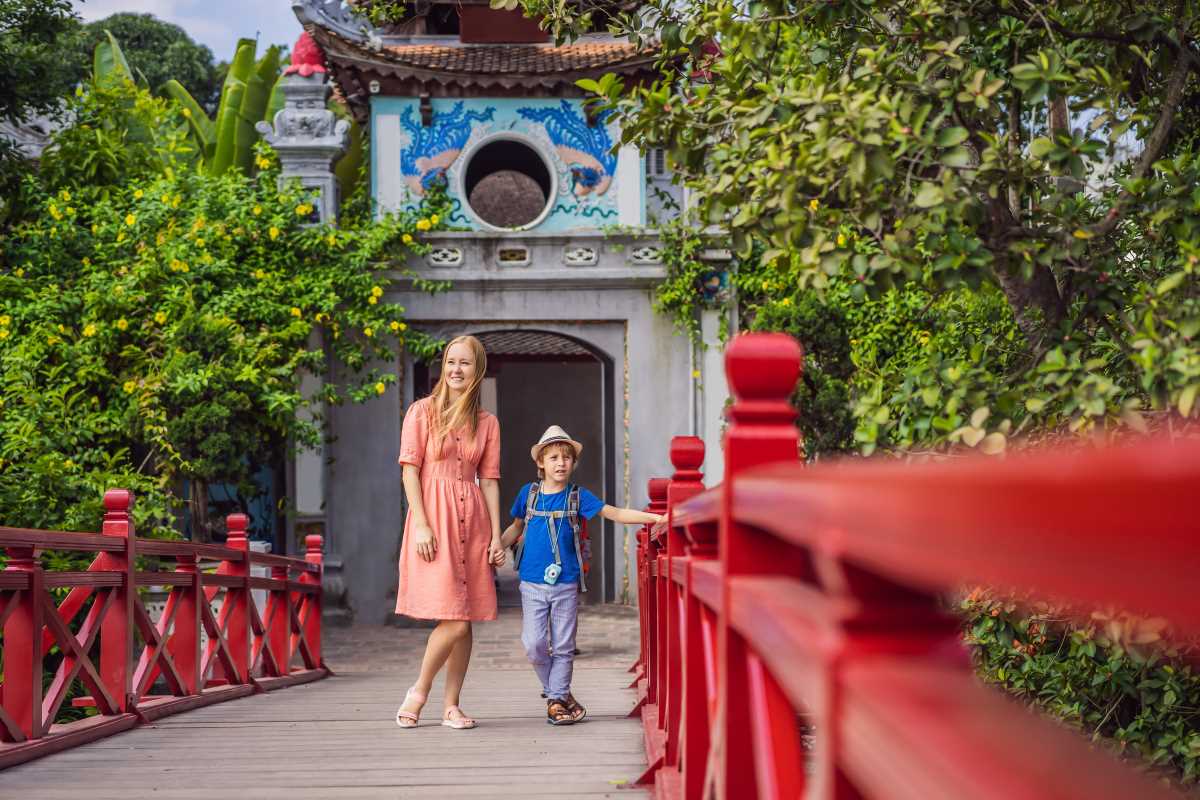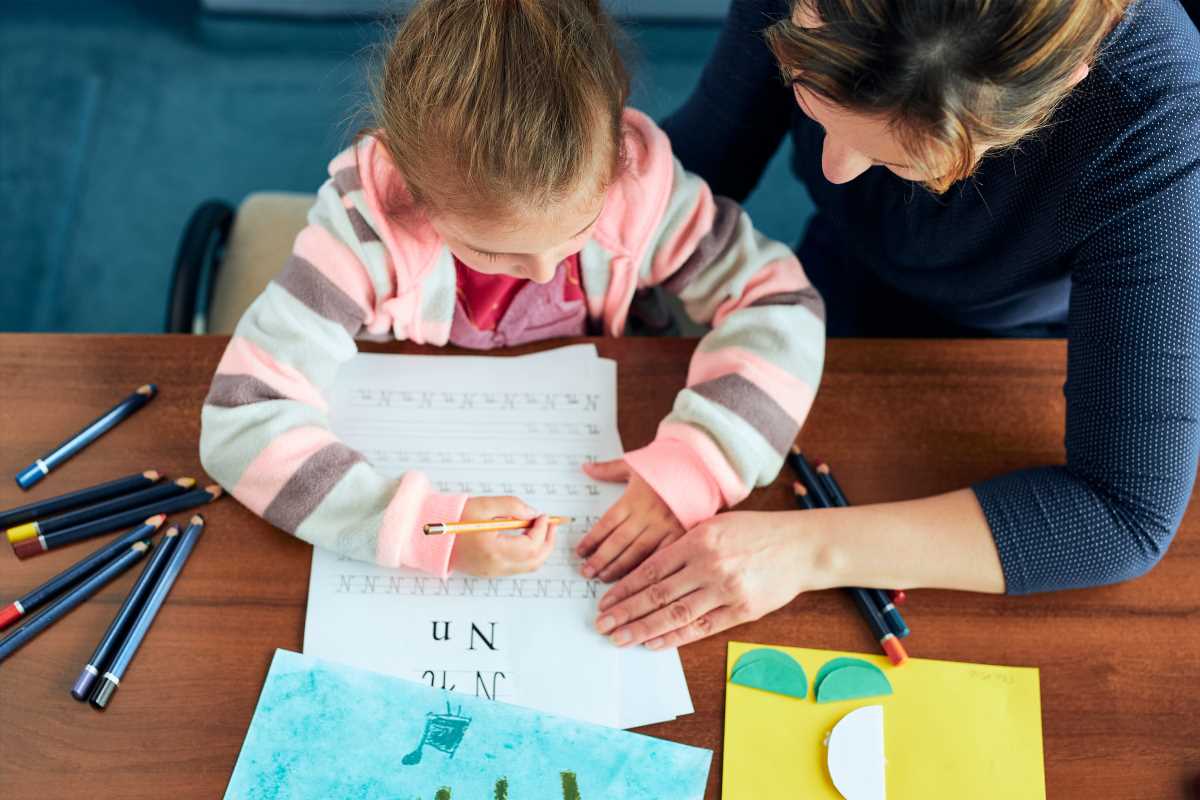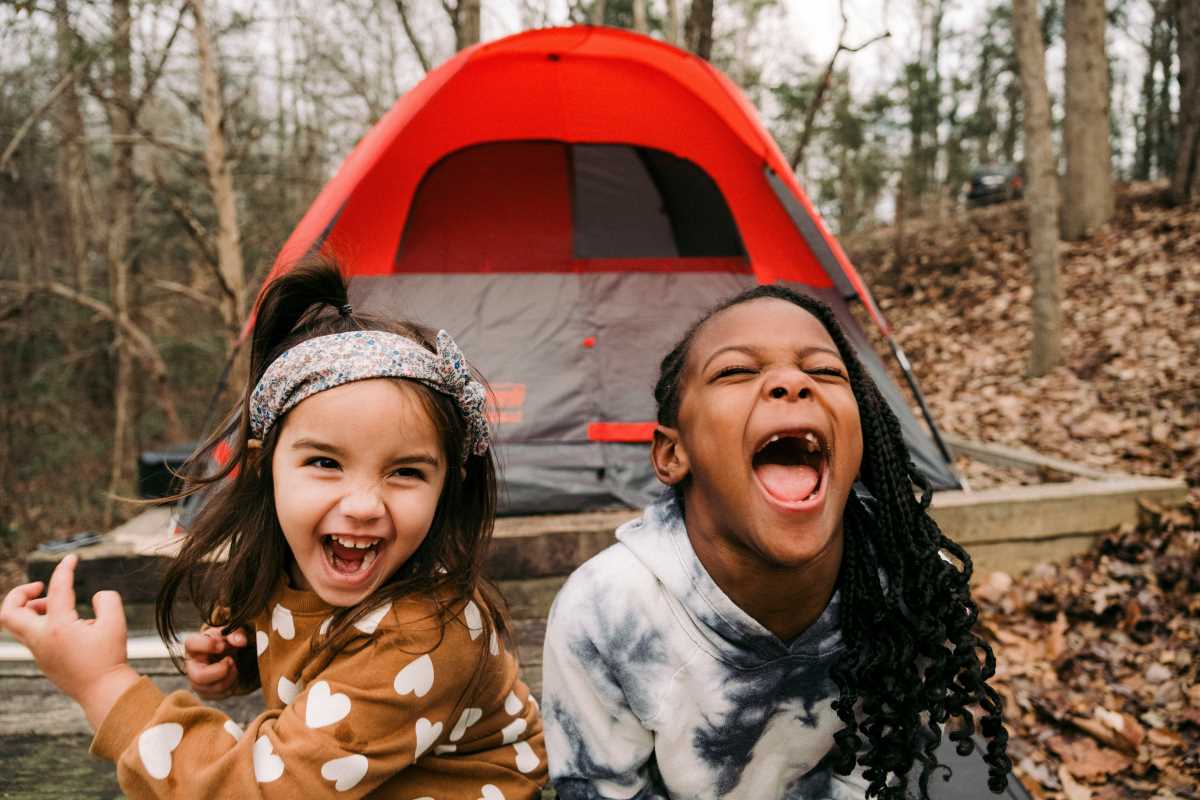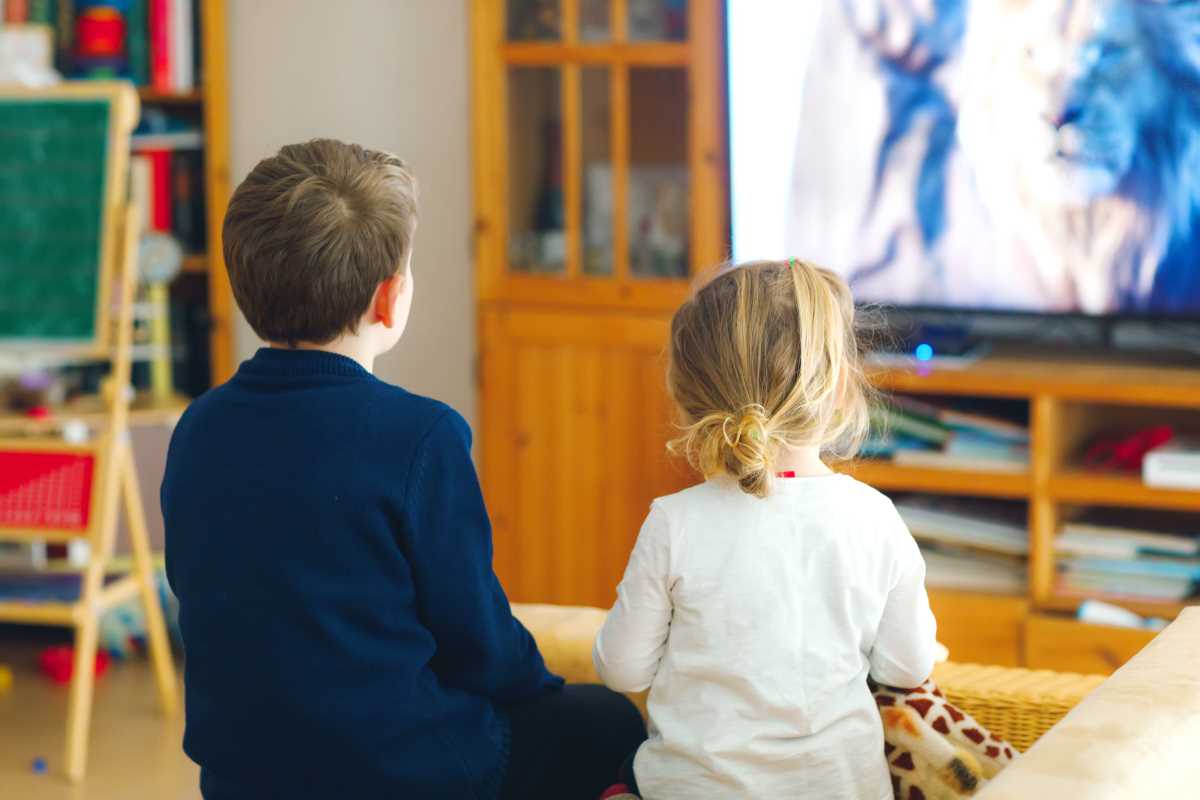Organizing kid-friendly travels from the comfort of home is a practical solution for busy families and a wonderful opportunity to spark creativity and foster strong bonds. Planning these adventures requires a blend of careful organization and imaginative thinking to ensure that both parents and children have memorable and enjoyable experiences. By turning your backyard into a playground of endless possibilities, you can create a foundation for future travel adventures that excite and engage the whole family.
Backyard Adventures
Your backyard can transform into a magical destination with just a little creativity. Here are some ideas to get you started:
- Camping Under the Stars: Set up a tent, bring out sleeping bags, and enjoy a night under the open sky. Use a projector to watch movies or stargaze with a telescope.
- Treasure Hunts: Create a map and hide treasures around the yard. Let the kids follow clues to find hidden gems, making the hunt as simple or complex as suits their age.
- Nature Explorations: Set up a mini botanical garden or insect observation station. Equip your children with magnifying glasses and guidebooks to explore local flora and fauna.
- DIY Obstacle Courses: Use household items to design obstacle courses that challenge agility and teamwork. Time each other to add an element of friendly competition.
- Backyard Picnics: Prepare favorite family meals and dine outside. Incorporate themed picnics, such as a Hawaiian luau or a medieval feast, to add variety.
Involving Kids in the Planning Process
Engaging your children in the planning stages of your backyard adventures can significantly enhance their excitement and investment in the activities. Start by holding a family meeting where everyone can suggest activities or themes they want to explore. This not only gives children a sense of ownership but also encourages them to think creatively about what makes an adventure fun.
Involve your kids in the preparation process. Whether it’s helping to set up the campsite, creating maps for a treasure hunt, or deciding on the menu for a picnic, these tasks can teach valuable skills such as organization, problem-solving, and cooperation. By making them active participants, you’re more likely to create experiences tailored to their interests and developmental levels.
Kid-Friendly Travel Strategies
When planning enjoyable trips for children, it’s essential to consider strategies that cater to their needs and preferences. Here are some effective approaches:
- Flexible Itineraries: While having a plan is important, flexibility allows for spontaneous fun and reduces stress when things don’t go as expected. Allow time for unstructured play and exploration.
- Involve Kids in Decision-Making: Let your children choose destinations, activities, or even meals. This involvement makes them feel valued and more excited about the trip.
- Pack Essentials: Bring along items that ensure comfort and entertainment, such as favorite snacks, toys, books, and necessary clothing. Being prepared can prevent unnecessary discomfort and disruptions.
- Incorporate Educational Elements: Blend learning with fun by visiting museums, historical sites, or science centers. Encourage curiosity and discovery throughout the journey.
- Balance Activities with Rest: Ensure that there are ample opportunities for rest and downtime. Over-scheduling can lead to fatigue and reduce the overall enjoyment of the trip.
Balancing Different Age Groups
When traveling with children of varying ages, it’s important to create activities that cater to each group’s unique interests and abilities. Younger children might enjoy simple, hands-on activities like sandbox building or story time, while older kids may prefer more challenging endeavors such as hiking or participating in local workshops.
To achieve a harmonious balance, plan a mix of activities that offer something for everyone. Consider scheduling certain times for age-specific activities, allowing each child to engage in what they enjoy most. Encourage older children to take on leadership roles, such as guiding younger siblings or helping with setup, which can foster a sense of responsibility and teamwork within the family.
Local to Global Destinations
Once your family is comfortable with local adventures, you might feel ready to embark on more ambitious travels. Transitioning from backyard explorations to faraway escapes involves careful planning and preparation to ensure a smooth experience for everyone involved.
Start by involving your children in choosing the destination. Research places that offer a variety of activities suitable for all age groups, ensuring ample opportunities for both adventure and relaxation. Teach your kids about the destination’s culture, language, and customs to build anticipation and respect for the new environment.
Packing efficiently becomes crucial as you prepare for longer trips. Create a checklist together to make sure nothing important is forgotten. Encourage your children to be part of the packing process, teaching them about organization and responsibility. Discuss what to expect during the journey, from long flights to navigating unfamiliar locations, to help alleviate any anxieties they might have.
Preparing children for travel also includes addressing their fears or concerns. Talk openly about what the trip will involve and answer their questions honestly. Bringing along familiar items from home can provide comfort and a sense of security in new settings.
By taking these steps, you can plan successful, exciting, and manageable faraway escapes, laying the groundwork for lifelong memories and a love of travel.
Organizing kid-friendly travels starts with creative backyard adventures that lay the groundwork for more extensive trips. Involving your children in the planning process and adopting thoughtful travel strategies can make journeys enjoyable and enriching for the entire family. Balancing the needs of different age groups ensures that everyone feels included and engaged, while gradual transitions to faraway escapes prepare your family for bigger adventures. With careful planning and a spirit of adventure, you can create wonderful travel experiences that delight both parents and children alike.







